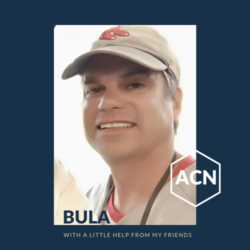Sometimes the simpler online tool is the most useful.
Know – What I Want To Know – Learned or KWL charts have traditionally been used with pencil and paper, and they are great assessment tools, as they combine tangible self assessment, goals and achievements in one succinct format.
How do we bring this wonderful tool into the 21st Century and differentiate it so that it is most useful to a wide range of students.
One way is create a Google Doc Template that can easily be adjusted to the students and the subject at hand. By creating tables within the doc the parts the student is filling out will not change the format so that our sections What I Know, What I Want to Know, What I Learned as students are filling it out.
This one page KWL Google Doc Template, obviously, is easily printed out as well.
A more modern way to use this strategy would be to use a KWL Google Forms. These are simple to create as well. Create a KWL Google Form that requires answering the first two questions and doesn’t require answering the third. Also make sure in settings under Responses Can to check Edit After Submit, so that students can continue to add to What I Want to Know and of course fill out the What I Learned section.
There is a wide range of ways to bring flexibility to these tools. For many students the modeling of using KWL will need to be increased, sharing screens in breakout rooms during on-line class or in on-line office hours is one way to do that. For others scaffolding of prompts will need to be available. Others will need to present their KWL pictorially or verbally. The use of text-to-type software is essential for some students.
For some people scratching curiosity is natural. While KWLs are not as engaging as other available on-line tools, it is a tool that can help those who don’t yet love learning see the value in setting and achieving education goals.
For that, and its assessment value, it needs to be brought with us into the 21st Century.
Thanks to Donna Ogle for creating KWL strategy.
May 31, 2020

